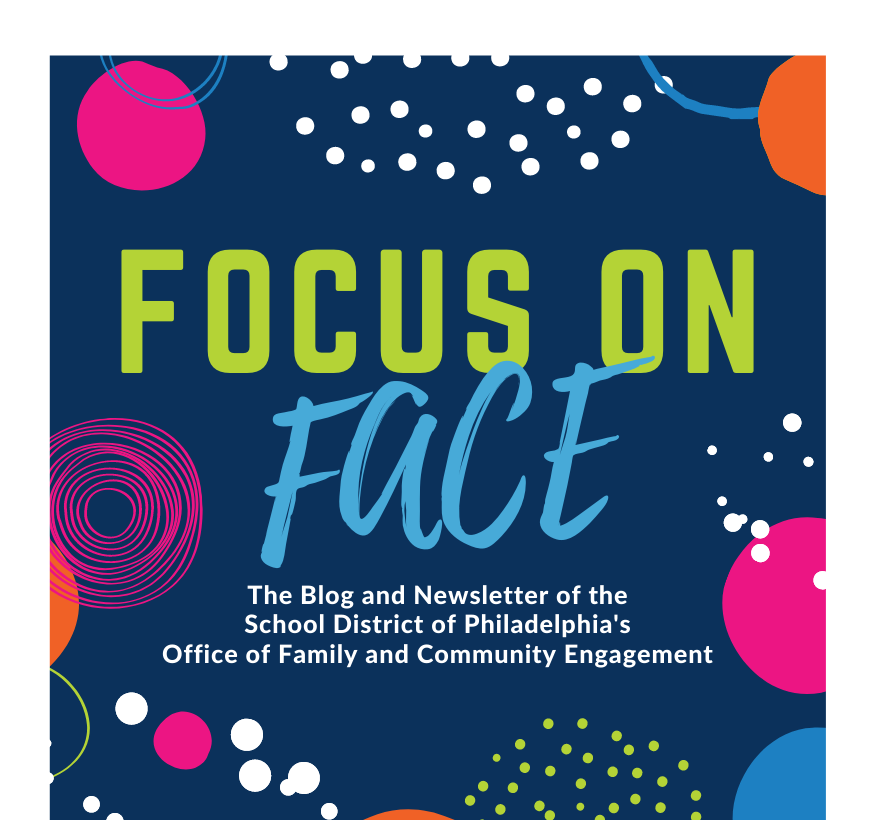The School Advisory Council (SAC) at schools serves as a collaborative team made up of family members, the school principal, school-based staff, students (for schools grades 7-12), and community members. The main focal points of a SAC are student achievement and academics, school climate and culture, and family engagement. To have strategic conversations about these topics, a SAC will hold meetings roughly every other month. As SACs meet throughout various District schools, they do not have to silo themselves to work completely independently.
Even while other family groups such as a Home and School Associations (HSA), Friends Of groups, or PTAs may have different functions at a school, there are ways that these family groups can work together with a SAC. One way that these groups can work together is that a separate family group from the SAC can still send a representative to SAC meetings to learn about what the current happenings in the SAC are. We encourage members of other family groups to be involved in your SAC and vice versa. A member of a different family group can not only participate in SAC meetings but can also apply for SAC membership to get more involved. Some schools have even added this to their SAC Bylaws! Because of the different core goals of these family groups, it can be in one’s best interest to get involved in multiple ways.
If there are any areas of interest that seem to overlap between these family groups, there can be room for discussion for these groups to collaborate on a common mission. Amongst different family groups, there can also be the sharing of ideas, updates about the school, and collaborated efforts for school improvement. Different groups can host events, workshops, or activities for families together in order to share both ideas and resources. Because the membership in each of these groups may vary, working together can be a good way to also understand the viewpoints of multiple stakeholders.
Based on the school, an alternate family group at the school may choose to merge with the SAC based on the decision of the school’s principal and administration. As long as the group holds ongoing meetings, has the correct composition of members, and has intentional and strategic conversations. Have you seen creative ways that the various parent groups at your school have worked together? Share with us via email at sac@philasd.org for a chance to be featured in a future edition of Focus on FACE!

